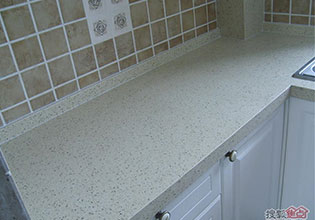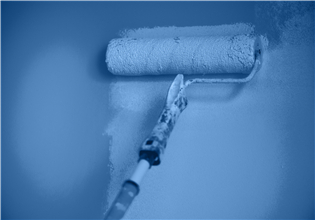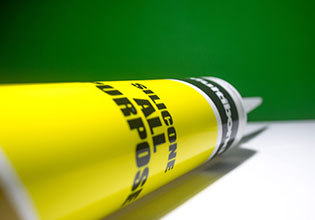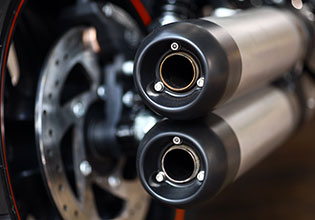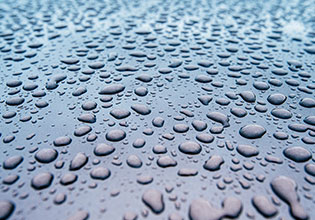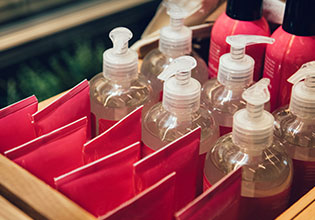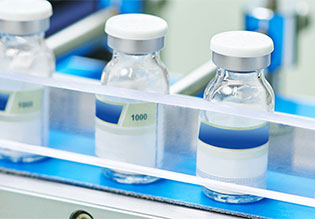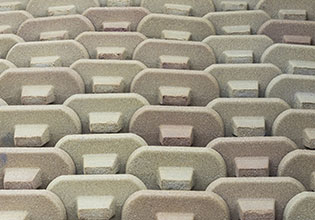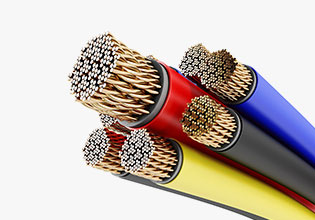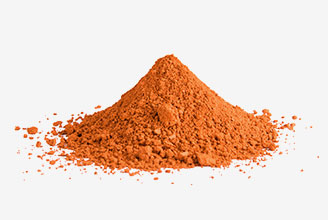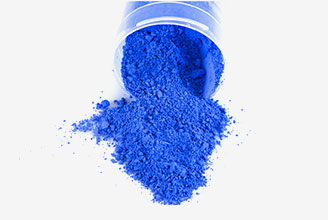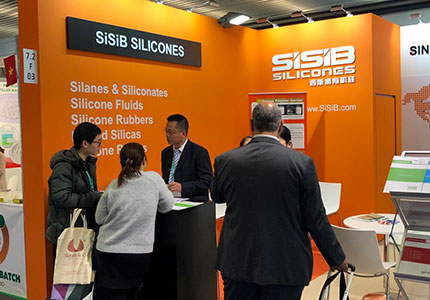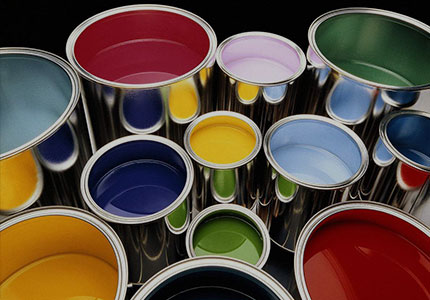Silane coupling agents are generally illustrated as X-Si-(OR)3.
Silicone (Si) is the center of the silane molecule which contains an organic functional group (X) [ex: vinyl, amino, chloro, mercapto, epoxy silanes, etc.], with a second functional group (R) [ex: methoxy, ethoxy, etc.]. The functional group (R) will attach to an organic resin while the functional group (R) attaches to an inorganic material or substrate to achieve a "coupling" effect.
Silane coupling agents are predominately used as mediators, binding organic materials to inorganic materials. As a result, silanes will improve the electrical and mechanical strength properties of materials in wet or dry conditions.
The inorganic group (R) of the silane molecule will hydrolyze to produce silanol, which forms a metal hydroxide or siloxane bond with the inorganic material. The organic group (X) of the silane molecule will react with the organic material to produce a covalent bond. As a result, the organic material and the inorganic material are tightly bound together after heating.
This unique property of silane coupling agents is utilized widely in the application of the silane coupling agents for the surface treatment of glass fiber products, performance improvement of fiber-reinforced plastics by the direct admixture to the synthetic resin, improvement of paints and other coating materials and adhesives, modification of surface properties of inorganic fillers, surface priming of various substrate materials, etc.
 English
English 日本語
日本語 한국어
한국어 français
français Deutsch
Deutsch Español
Español italiano
italiano русский
русский português
português العربية
العربية tiếng việt
tiếng việt

